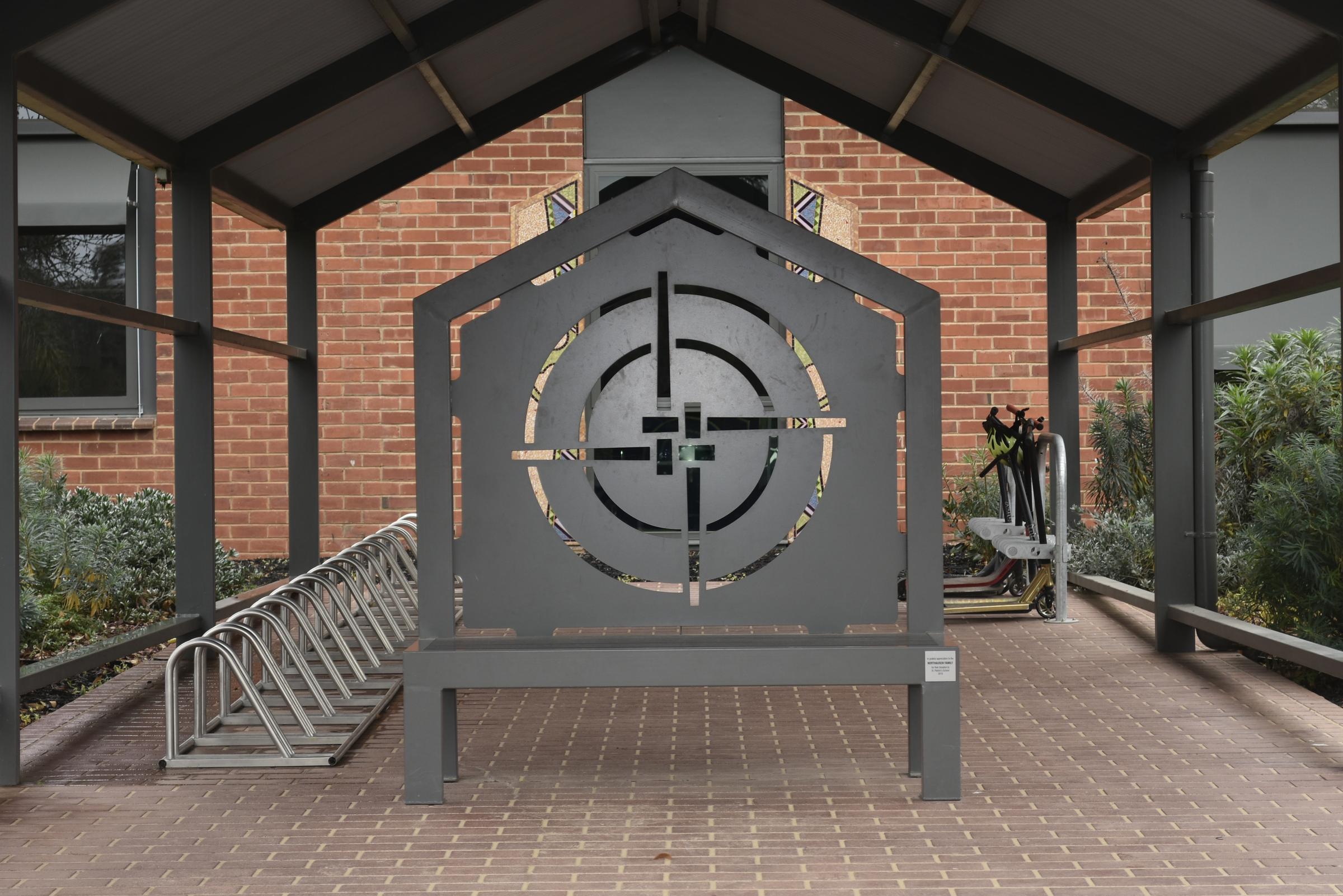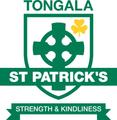Catholic Identity

This Sunday 27th November marks the beginning of Advent. Advent is an important time in the Catholic Church’s calendar. You will notice at school that the prayer cloths will change from green to purple and Advent wreaths will be placed on them as a prayer focus. This is a symbol that we are waiting and preparing for the birth of Christ.
History
The word “Advent” is derived from the Latin word adventus, meaning “coming”.
Scholars believe that during the 4th and 5th centuries in Spain and Gaul, Advent was a season of preparation for the baptism of new Christians at the January feast of the Epiphany. Christians would spend 40 days in penance, prayer, and fasting to prepare for this celebration; originally, there was little connection between Advent and Christmas.
By the 6th century, however, Roman Christians had tied Advent to the coming of Christ. But the “coming” they had in mind was not Christ’s first coming in the manger in Bethlehem, but his second coming in the clouds as the judge of the world. It was not until the Middle Ages that the Advent season was explicitly linked to Christ’s first coming at Christmas.
Today
We observe Advent as a four-week period of spiritual preparation anticipating the birth of Jesus.
The word Advent means “coming”.
We commemorate the coming of Jesus in Bethlehem (past), we prepare for His final coming at the end of the world (future), and we celebrate His coming in our hearts today (present).
Vatican II reclaimed the preparatory nature of the season with the threefold coming of Christ:
- The One who was (past)
- The One who is (present)
- The One who is to come (future)
We identify with the waiting that happened through the years (Jesse Tree).
Advent marks the beginning of the Church Calendar Year – YEAR A. Year A will commence on the 1st Sunday of Advent in 2022 (November 27, 2022).
The Sundays of this season are known as the First, Second, Third and Fourth Sundays of Advent.
The Third Sunday is also called Gaudete Sunday.
